NASA‘s taking a big step toward greener skies with a massive $11.5 million investment in five cutting-edge aircraft design studies. The project, part of their Advanced Aircraft Concepts for Environmental Sustainability (AACES) 2050 initiative, aims to revolutionize commercial aviation by 2050, according to NASA’s report.
A Bold Vision for Aviation’s Future
“Through initiatives like AACES, NASA is positioned to harness a broad set of perspectives about how to further increase aircraft efficiency, reduce aviation’s environmental impact and enhance U.S. technological competitiveness in the 2040s, 2050s, and beyond,” says Bob Pearce, NASA’s associate administrator for the Aeronautics Research Mission Directorate.
The Innovation Leaders
The competition was fierce, with five organizations emerging as winners. Aurora Flight Sciences, a Boeing Company, will conduct comprehensive “open-aperture” research into new fuels, propulsion, and aerodynamics. Electra’s team is pushing boundaries with their distributed electric propulsion technology, building on their successful small aircraft prototype that’s been flying for over a year. Georgia Tech’s bringing their hydrogen-electric expertise with the ATH2ENA project, while JetZero’s focusing on cryogenic liquid hydrogen fuel systems. Rounding out the group, Pratt & Whitney’s team is developing advanced propulsion technologies for reduced emissions.
Building on Past Success
This isn’t NASA’s first rodeo with sustainable aviation. The agency launched its Sustainable Flight National Partnership in 2021, which led to projects like the X-66 Sustainable Flight Demonstrator and advances in electrified powertrain technology. The AACES studies are expected to wrap up by mid-2026.
Real-World Impact
“The AACES 2050 solicitation drew significant interest from the aviation community and as a result the award process was highly competitive,” explains Nateri Madavan, director for NASA’s Advanced Air Vehicles Program.
The selected proposals come from diverse organizations, all targeting transformative sustainability goals.
DroneXL’s Take
The future of eVTOL and advanced aviation looks incredibly promising with these developments. The work being done on distributed electric propulsion, especially by Electra (whose prototype has been flying for over a year), shows how traditional aviation boundaries are blurring with Drone Technology. These advancements could revolutionize both passenger travel and cargo transport, pushing us closer to NASA’s goal of net-zero aviation emissions by 2050.
What’s your take on these ambitious plans for aviation’s future? Share your thoughts in the comments below!
Discover more from DroneXL.co
Subscribe to get the latest posts sent to your email.

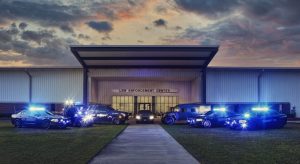
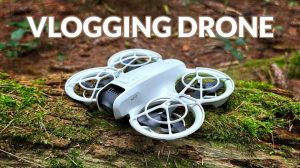

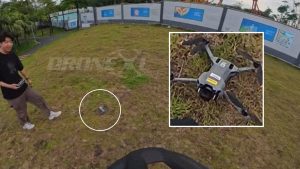
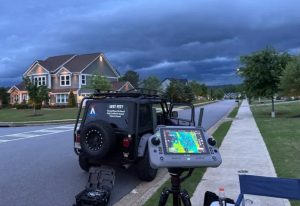
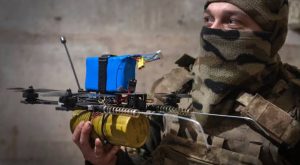
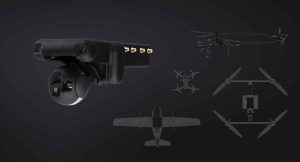
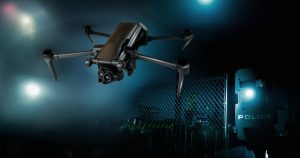
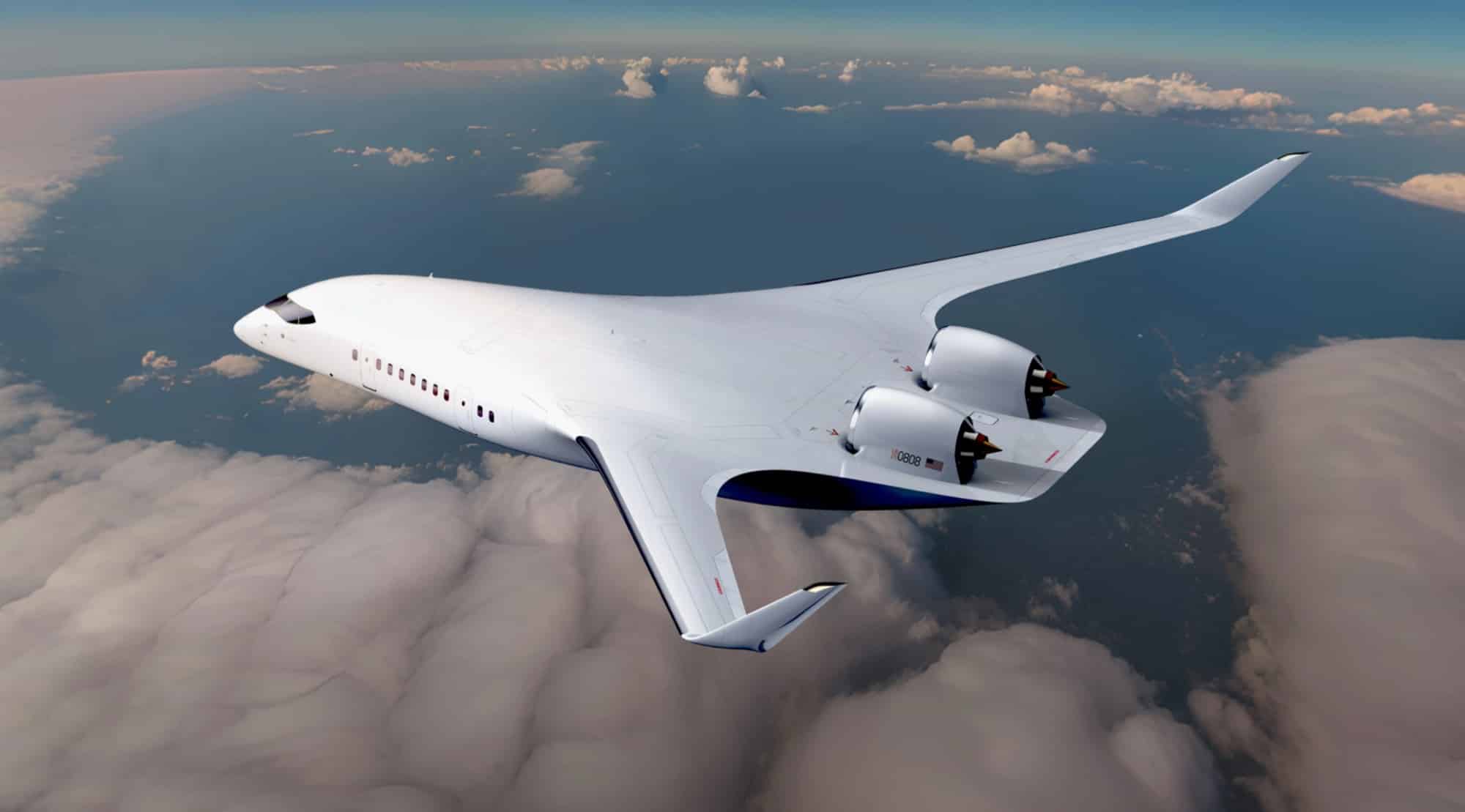

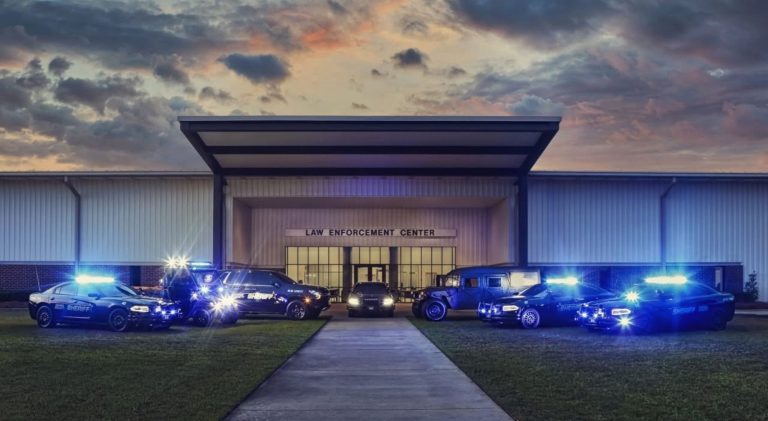
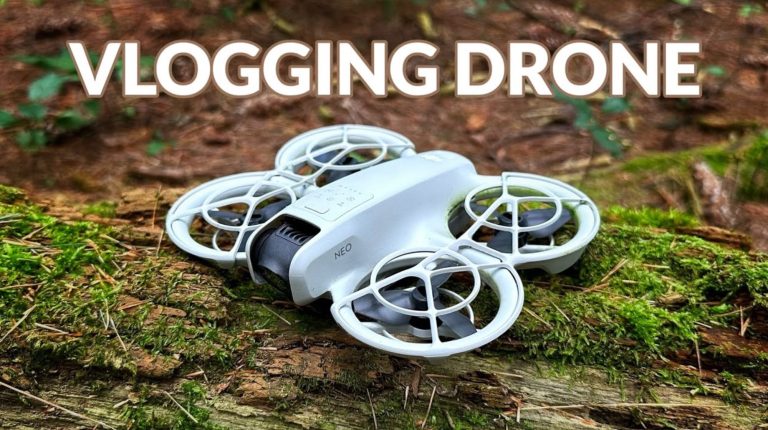

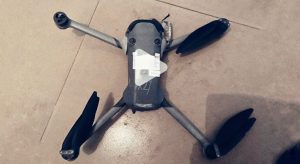
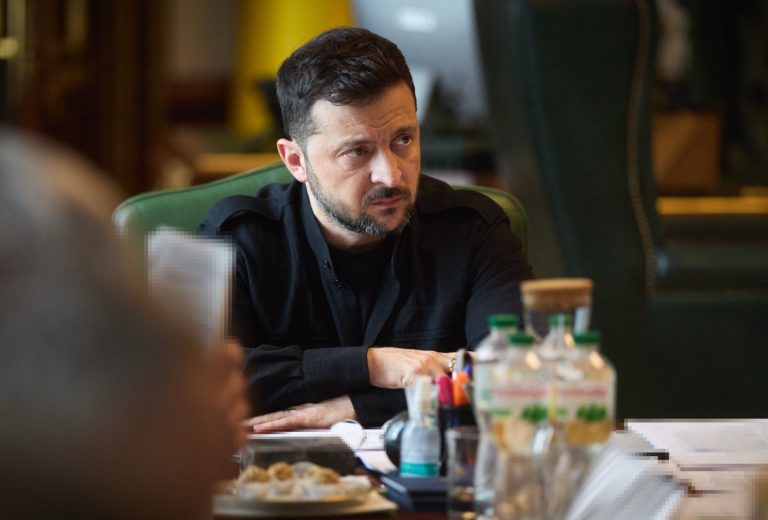
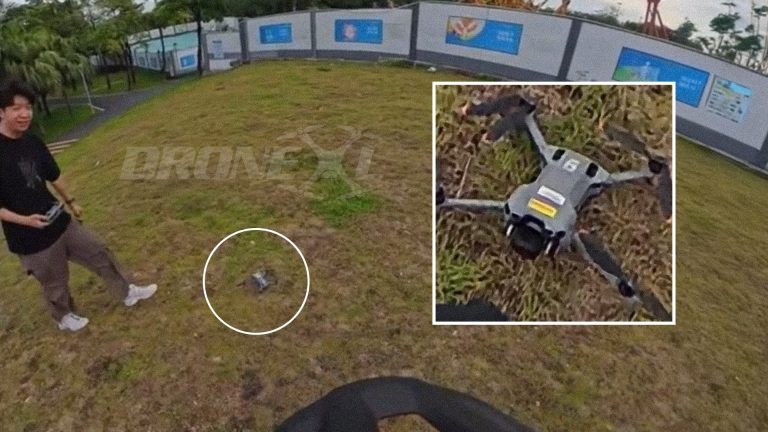

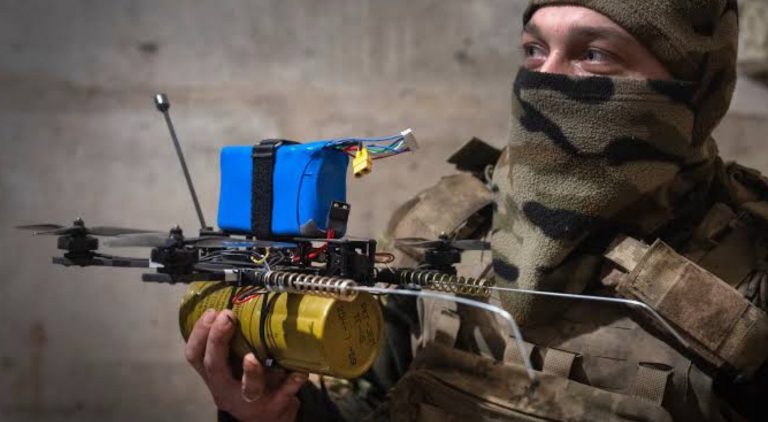
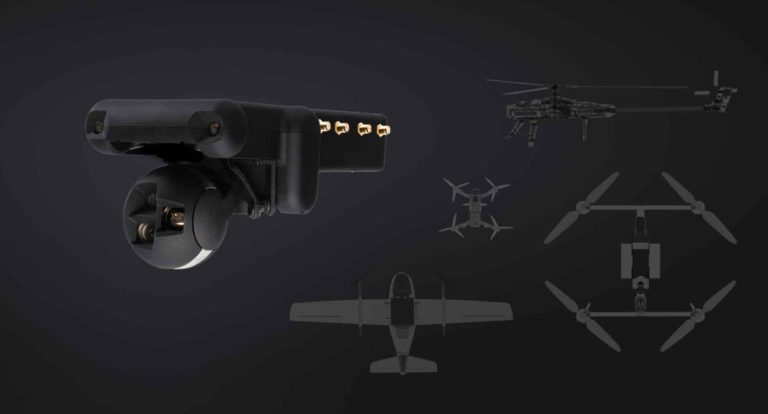
+ There are no comments
Add yours